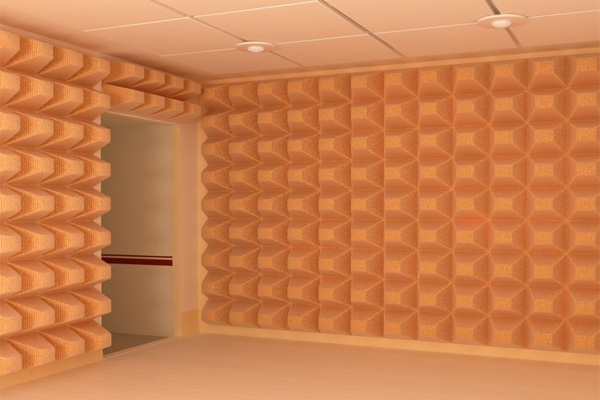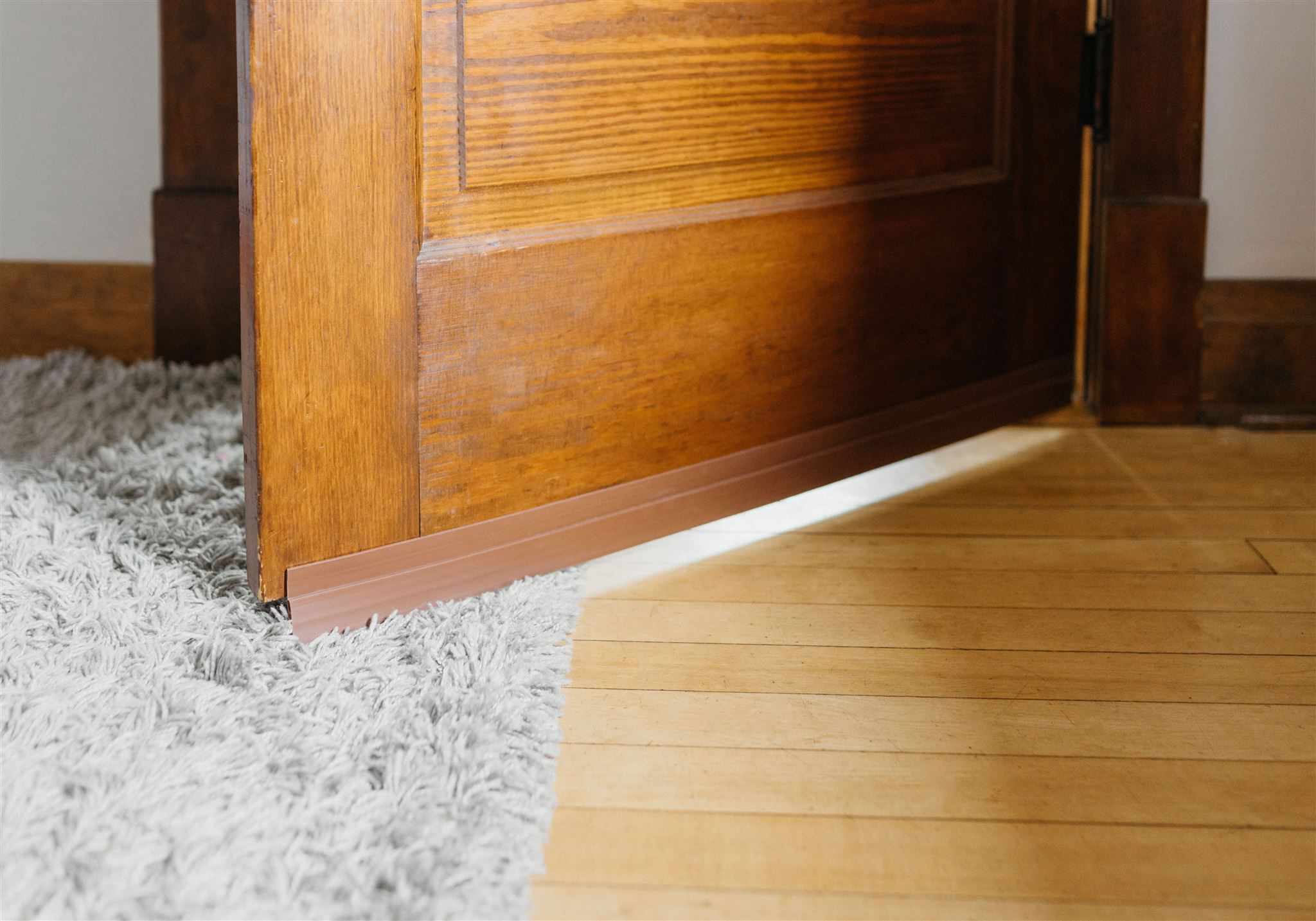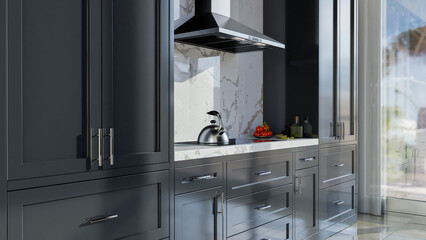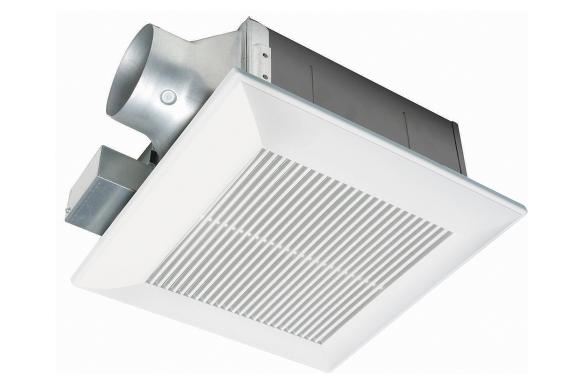How to Soundproof a Room
Soundproofing is the process of reducing noise in a room by adding materials to the walls, ceiling, and floor. If you are looking for a way to soundproof your room, then this article is just for you. It has all the information that you need to know about how to soundproof a room to have the peace and quiet that you’re after. Keep reading to learn more.

Image Credit: http://quirkbooks.com
Steps to soundproof a room
These are the steps to follow if you want to successfully soundproof a room.
Step 1: Understanding exactly what soundproofing means
The first step of course is understanding exactly what soundproofing means – this is the process of reducing noise in a room by adding materials onto walls, ceiling, and floor.
There are many different types of material available for soundproofing but there are three main categories: acoustic panels which can be used on the surfaces; other materials like carpet or furniture pads that work well with walls; building an entire wall out of cinder blocks or bricks.
Step 2: Experiment with different options
The second step of course is trying out different options – you never know which one works best until you try it out. You may also want to get advice from professionals before making any permanent changes. For example, cinder blocks might sound like a good idea but they will increase your energy bill because they are made of concrete.
It’s always better to experiment with different options before making any permanent changes to your home.
Step 3: Start the installation process based on your choice
The third step of course is beginning the installation process – you can’t just talk about soundproofing your home, you have to do it.
For example, if you’re going with acoustic panels, which are one type of soundproofing material that can be used on many types of surfaces, you will need to use adhesive glue or Velcro. After that, you would then do the same for ceilings and floors.
There is also the carpeting option which can help block noise coming from underneath it. However, this is best suited for your floor.
It helps absorb noise made when someone is walking around in your room – like footsteps. Plus it feels soft underfoot. It’s an excellent choice for rooms where there are a lot of movements like bedrooms and studies because most people spend quite a bit of time in their bedroom and study so you want it to be as quiet as possible.
Before you put the carpet down, make sure that you get rid of all the air between the floorboards by using a hairdryer to get rid of dust.
That way, when someone walks on it, the sound created from footsteps won’t travel through the floorboards.
On top of that, if there are baseboards around your room, make sure you glue them down too. This is because crevices tend to let noise go right through them and if noise can get out, it’s probably getting in too. Anything you do to keep noise in should also be done for keeping noise out since they are both connected.
As long as you remember that, getting rid of noise should be easy. Just think about where the noise is escaping from and do what you can to get rid of this leak.
The same thing goes for soundproofing windows – windows are one area where sound often escapes so if you want your room to be quiet, try closing them when you’re not using them. Also make sure you add a window treatment like curtains or blinds to keep the outside noises from entering.

Image Credit: http://thespruce.com
You’ll find that most people don’t put any thought into soundproofing their room – they just let it happen naturally without doing anything about it. But no matter how much time has passed since noise started coming into the room, you can always fix it.
Where are the best places to soundproof, and where are the worst?
Every wall in a house has at least three potential spots for sound to enter or escape. The best place to soundproof is against an exterior wall because outside walls rarely have insulation in them. Next would be interior walls, which typically have insulation but not always in every cavity. And lastly is floor-ceiling assemblies that lack insulation completely.
The worst place to soundproof is on an existing party wall shared with another tenant or homeowner because it faces both ways – inside AND out.
How do I know what kind of material to use?
It depends on the specifics of your situation, such as whether you want to block sound or stop it from transmitting outside the room. If you just want to test before committing how much sound can be kept inside a room, then cheap foam egg crate mattresses and heavy curtains should suffice.
How much does soundproof a room cost?
It will vary depending on your budget and how big of a room you need to be soundproof. For example, insulation alone is very cheap – about $1 per square foot – but getting enough of it installed properly will require professional help and tools which can add hundreds or even thousands of dollars to the project. One alternative solution that may work in some less-than-ideal situations is other types of insulation such as dense packing cellulose (which looks like a shredded newspaper but is denser and very dense), or spray-in foam insulation (which expands to fill cavities, leaving no air gaps). It can also be cheaper than other types of soundproofing depending on the type.
Does drywall soundproof work?
Drywall soundproofing can work to stop sound transmission, but not by itself. You would need drywall of an appropriate thickness, plus insulation on the inside and outside of the wall. If you just want to keep sounds in your room, adding some sort of cheap egg crate mattress is also helpful.
Can drywall soundproofing be used in the bathroom?
Drywall soundproofing can be used in a bathroom. It is a good idea to have the drywall installed before adding insulation and then adding new drywall for the outside wall of your bathroom, or you can just build a box around your shower area using insulation as well as some waterproofing material such as rubber.
Final thoughts on how to soundproof a room
In conclusion, after completing these steps, your room should already sound better than it originally did. And if you want to take your soundproofing efforts to the next level, you can always try making an entire wall out of cinder blocks or bricks. That way, no matter how much noise is escaping from a room, none of it will actually be able to do so.
Good luck and happy soundproofing!
The post How to Soundproof a Room appeared first on Kitchen Infinity.
Did you miss our previous article…
https://www.ilovethelovekitchen.com/?p=158


![13 Top Manufacturers of Luxury Vinyl [LV] Flooring](https://www.ilovethelovekitchen.com/wp-content/uploads/2021/12/Vinylwoodfloor-GettyImages-1086734442-54734c8c0a9a40f681ce97fa7deac657-1-800x450.jpg)



